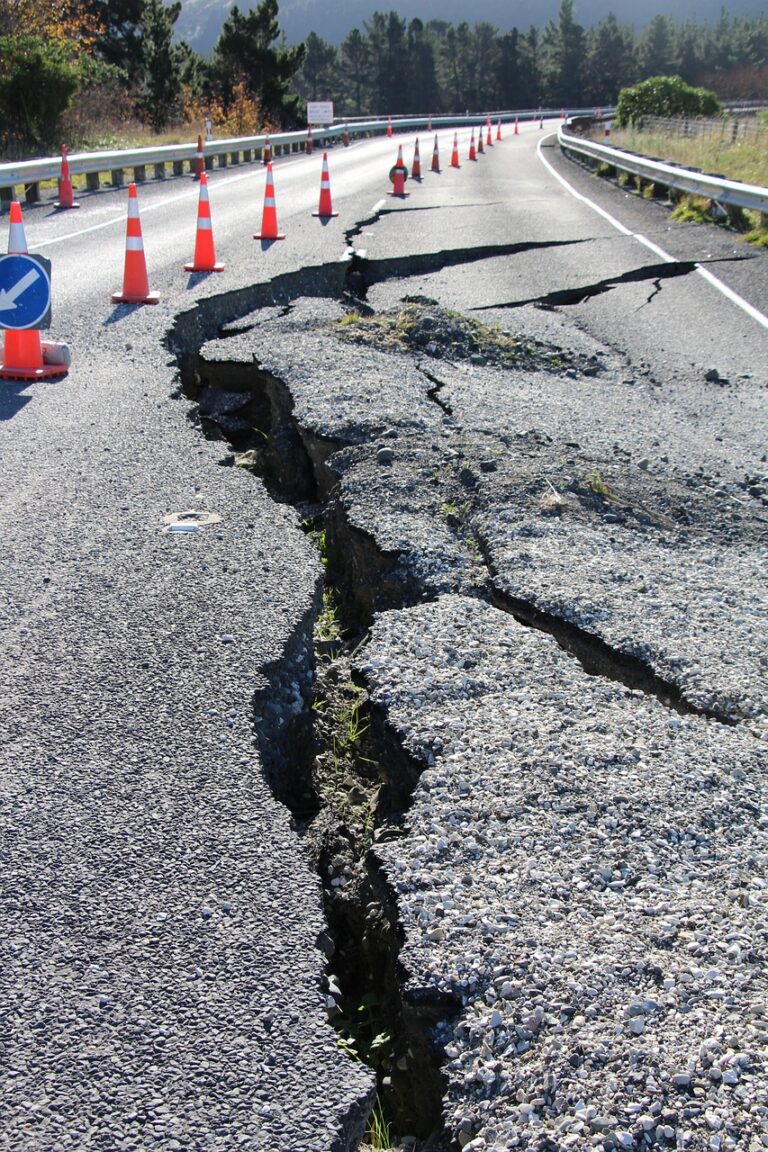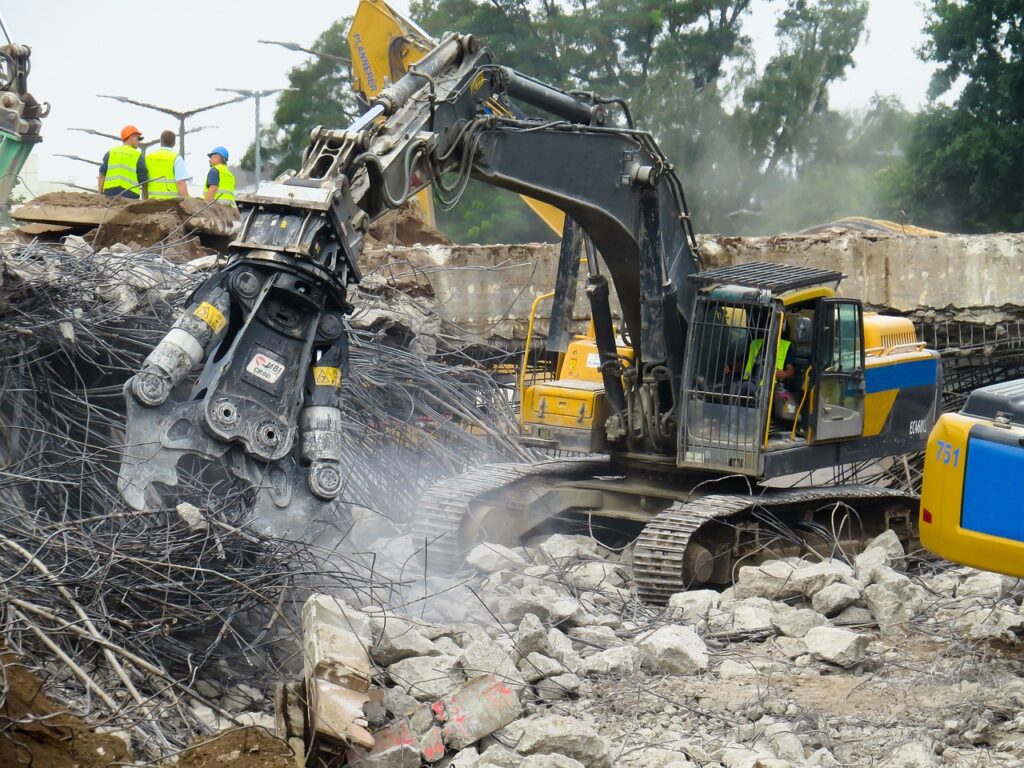New Jersey Rattled by Another Aftershock Following 4.8 Magnitude Earthquake

A 2.6 magnitude aftershock struck near Gladstone, Somerset County, New Jersey, just after 7 a.m. ET on May 1, 2024, according to the United States Geological Survey (USGS). This latest quake follows a series of aftershocks in the wake of a magnitude 4.8 earthquake that hit near Whitehouse Station on April 5, which was felt across the Mid-Atlantic United States.
The aftershock was located about 5 kilometers underground, and within 90 minutes of its occurrence, nearly 400 people reported feeling the quake. The epicenter of the 4.8 magnitude earthquake on April 5 was located near Whitehouse Station, New Jersey, approximately 60 miles from Philadelphia.
Aftershocks Continue to Shake New Jersey

The 2.6 magnitude aftershock is just one of many that have struck New Jersey since the initial 4.8 magnitude earthquake on April 5. Just days before the latest aftershock, a magnitude 2.9 quake struck Gladstone over the weekend, and a 1.9 magnitude quake hit nearby Califon just hours before Wednesday’s tremor.
According to the USGS, New Jersey has experienced more than 150 aftershocks since the primary event, with dozens reported in the days and weeks following the earthquake. Experts say that small aftershocks could continue for days or even weeks after the main quake.
The 4.8 magnitude earthquake on April 5 remains the largest in the Tri-State area since 1973. The second largest aftershock recorded since then was a 3.7 magnitude tremor that occurred just minutes after the primary event.
Earthquakes in the Eastern U.S.
While earthquakes are less common in the eastern U.S. compared to the western part of the country, they can still have a significant impact when they occur. The USGS states that the older rocks and formations in the eastern U.S. can cause earthquakes to be felt more strongly and across a wider area than those in the western U.S.
The 4.8 magnitude earthquake on April 5 and its subsequent aftershocks serve as a reminder that even regions not typically associated with frequent seismic activity can be affected by earthquakes. As a result, residents in these areas should be prepared for the possibility of future seismic events.
Experts continue to study the cause of the recent earthquakes in New Jersey and monitor the ongoing aftershocks to understand the seismic activity in the region better.

Residents Report Feeling the Aftershock

Reports from residents in various parts of New Jersey, including Bridgewater, Mendham, and Randolph, confirm that the 2.6 magnitude aftershock was widely felt. Some described the sensation as sounding like a truck driving by, while others experienced vibrations on their kitchen counters lasting 5 to 7 seconds.
Social media platforms were flooded with reports from people who felt the aftershock, with some initially believing it to be another separate earthquake. One user on X (formerly Twitter) stated, “Another NJ earthquake. Definitely not as loud or long as the last one,” while another expressed their surprise, saying, “We got hit again! This is NOT NATURAL! It’s NJ! We don’t get earthquakes!”
Despite the widespread reports of the aftershock being felt, the state Office of Emergency Management has not received any reports of damages as of Saturday afternoon.
No Significant Damage Reported

Although New Jersey has experienced numerous aftershocks since the April 5 earthquake, there have been no reports of significant damage. The state Office of Emergency Management continues to closely monitor the situation and encourages residents to stay informed and prepared for any potential future seismic activity.
While the absence of significant damage is a positive sign, it is essential for residents to remain vigilant and take necessary precautions. This includes reviewing emergency plans, securing loose objects in homes and workplaces, and having an emergency kit readily available.



